[Exclusive] How The Boys: Diabolical Decided On Each Story’s Iconic Animation Style
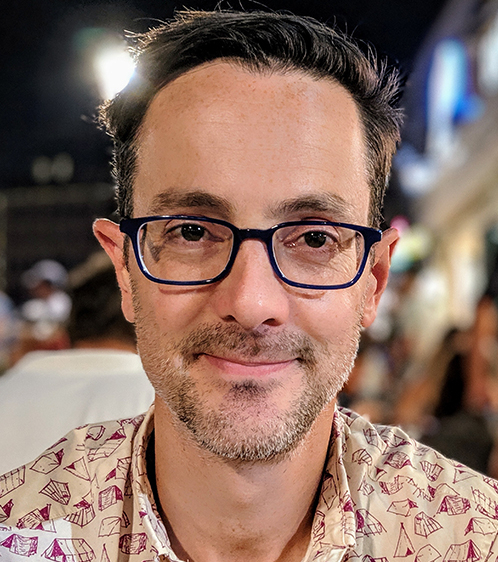 There have never been more options available when it comes to television comic book adaptations. Superhero narratives have transformed from niche interests into the new normal and these pulpy paradigms have become so mainstream that subversive experiments like The Boys aren’t just important, but necessary. Amazon Prime’s The Boys adapts Garth Ennis’ gritty supes series with a passionate flair for chaos. Season three of The Boys is set to disturb audiences in new ways when it premieres later this year, but in the meantime there’s a new and compelling expansion to the bloody drama. The Boys: Diabolical is an eight-episode anthology series that expands upon the creepy corners of this super-powered world. Diabolical brilliantly captures the mayhem of The Boys, but does so through the limitless medium of animation.
There have never been more options available when it comes to television comic book adaptations. Superhero narratives have transformed from niche interests into the new normal and these pulpy paradigms have become so mainstream that subversive experiments like The Boys aren’t just important, but necessary. Amazon Prime’s The Boys adapts Garth Ennis’ gritty supes series with a passionate flair for chaos. Season three of The Boys is set to disturb audiences in new ways when it premieres later this year, but in the meantime there’s a new and compelling expansion to the bloody drama. The Boys: Diabolical is an eight-episode anthology series that expands upon the creepy corners of this super-powered world. Diabolical brilliantly captures the mayhem of The Boys, but does so through the limitless medium of animation.
A series that has as much variety and as many different creative partners as The Boys: Diabolical allows for many fascinating wrinkles in its production. Storytelling is paramount in an anthology series, but one of Diabolical’s most appealing features is that each episode is presented through contrasting art styles. The Boys: Diabolical could have turned to the most popular and reliable animation styles or had these decisions handled exclusively by the series’ showrunner. However, executive producer Simon Racioppa highlights the profoundly collaborative dynamic between writer, director, and animation that was necessary to establish each episode’s signature look.
“The writers were definitely all involved in every step of the process, whether it was pre-production, production, post-production,” explains Racioppa. “Some were able to be more involved than others, but everyone got to play a role in each of the production stages. The different animation styles were arrived at organically, but different, for each of the talents involved.”
Racioppa details that several of the installments came out more fully-formed than others, which was the case with Diabolical’s first episode. “Some episodes, like with Seth and Evan’s ‘Laser Baby’s Day Out,’ they knew right from the get-go that they wanted to do this Roger Rabbit, Looney Tunes-style episode. So we knew what that was going to be even before the script was done. Then it was just a matter of assembling the right people together to make that vision happen.”
The process of finding the right look and aesthetic for certain episodes of The Boys: Diabolical sometimes required more soul-searching and a deeper synergy between each story’s creative forces:
“With others, those elements sometimes got figured out much later in the process. With Ilana and Eliot Glazer’s script, there wasn’t a specific art style that was identified, but it still had this comic book feel to it. It’s a little more character-based than the other episodes and delayed when it comes to its gore. So that came down to a discussion between them and the director, Naz Ghodrati-Azadi, on what would be the best style to execute this idea and stay true to its intentions. We ended up falling into the territory of French comics, French graphic novels, and projects like The Triplets of Belleville. Once that was figured out we were able to dig even deeper, make further connections, and it increasingly felt like the right approach for their story.”
All of the other episodes were a combination of those two extremes, to some extent. With Justin Roiland’s idea we knew that we wanted to make it look like Roiland’s standard style of animation. However, Andy Samberg’s script didn’t really develop its look until the director, Steve Ahn, was brought on board. He was really the driving force in its resemblance to Korean animation, which we thought was a great idea. So a lot of different approaches, but always organic.”
The Boys: Diabolical is an anthology series where each episode has its own distinct voice, but spin-offs like this that are a part of a larger universe can sometimes get lost in red tape or needless connections to the core series. Some dedicated fans of The Boys were even skeptical of how well the series’ mature themes would translate over to the broader medium of animation. Racioppa emphasizes the hands-on involvement of Eric Kripke (The Boys’ showrunner) when it comes to the finer details within Diabolical:
“Eric Kripke was a part of the whole conversation, right from the initial pitches with the writers to the finished versions of the episodes. He was very important in terms of helping with the intricacies of the world. I’ve seen The Boys and understand that world, but no one knows it as well as Eric. So he’d be helpful and say things like, ‘Vought wouldn’t do that, Homelander talks more like this…,’ to just make sure that the details, tone, and voice of The Boys aren’t compromised.”
Racioppa goes on to praise how much freedom the writers were given with their humble corner of The Boys’ universe. “It was important for us to stay true to the original series, but beyond that anything was allowed,” applauds Racioppa. “As broad as all of these episodes get, they all still feel true to The Boys and what Vought does there. Writers could go nuts as long as they stayed true to the original mothership series.”
The first season of The Boys: Diabolical makes a very strong impression and shows off a ton of diversity, but Racioppa and company already have bold plans for what other animation styles they hope to tackle in the future. “Obviously we have no CG or 3D animation in the show, beyond some very limited use of it for some props,” laments Racioppa. “We didn’t do any 3D mostly because of the time frame that we were working with and to fit something of that nature in would have meant that it’d need to be an incredibly constrained version of it.” That being said, Racioppa is still hopeful to push The Boys: Diabolical down this direction when it’s appropriate. “None of the scripts really felt like they necessitated being told in CG. If one of the scripts had come in and it made total sense to present it that way, as well as being feasible in our ten-month production window, then we absolutely would. So that didn’t happen and is definitely on our minds for the future.”
There’s no lack of ambition in the freshman season of The Boys: Diabolical, but Racioppa can’t help but consider even bolder heights. “I’d really like it if we could push things further in a second season and just blow the doors off of it all.” Racioppa admits, “It’d be great to do stop-motion, which is an area that I have a little bit of experience in and would be fun to return to. If we’re lucky enough to get a second season I’d love to tackle some live-action stuff, a stage play, a puppet show…Let’s just keep things open and see how that facilitates the genre and stories that we’re trying to tell.”
Racioppa is content with the stories that are told in The Boys: Diabolical, but he hasn’t ruled out returning to any of these stories, whether as a full spin-off or in a hypothetical second season. “We’ve had those initial talks, mostly in the form of ‘Wouldn’t it be fun if…’ Ultimately that decision is up to Amazon if they want to commission any of these episodes into their own series.” However, Racioppa reiterates that any “sequel” episodes would be told in a whole new manner. “If we did a follow-up to any of these stories then I’d want to continue it with a totally new animation style and give the audience something that they haven’t seen before.”
Racioppa is incredibly proud of what’s been accomplished in The Boys: Diabolical. The Boys: Diabolical will satisfy fans of the original comics, the Amazon live-action series, and those that love animation, but more than anything Racioppa is excited to give audiences something that’s genuinely new in an over-saturated genre that’s beginning to show signs of fatigue:
“The whole point and philosophy behind The Boys: Diabolical is that it’s all new things that haven’t been seen before and presented in a unique way. I want to keep that idea alive in a second season.”
‘The Boys: Diabolical’ is currently available to stream on Amazon Prime

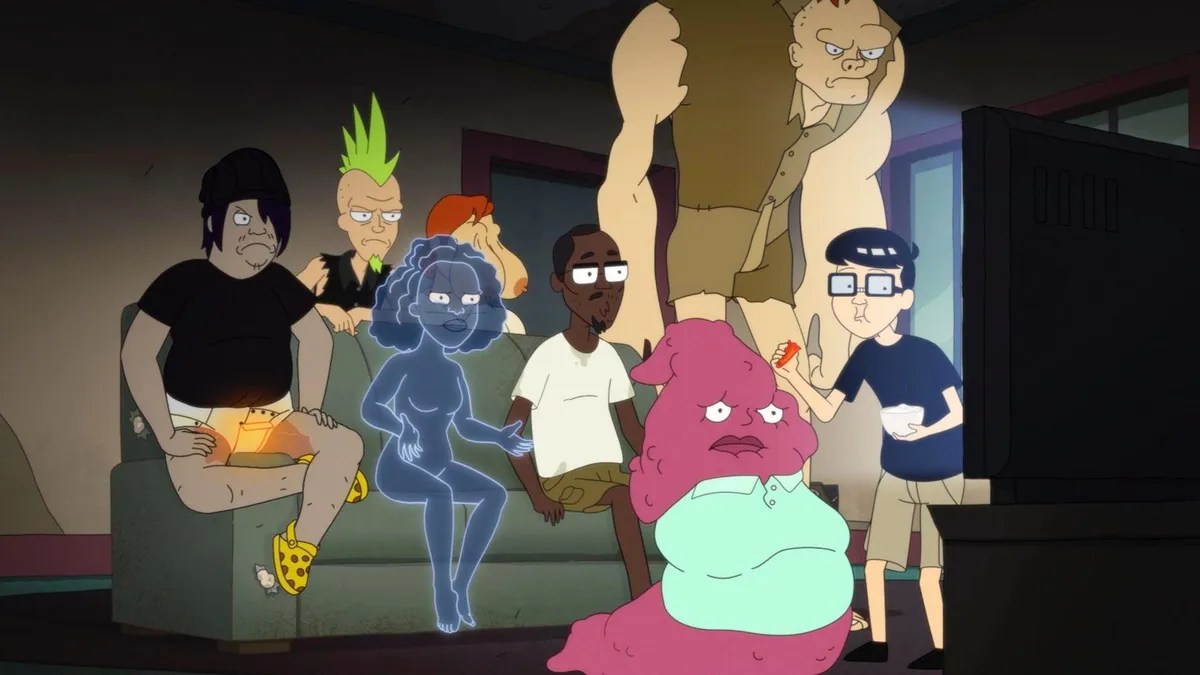


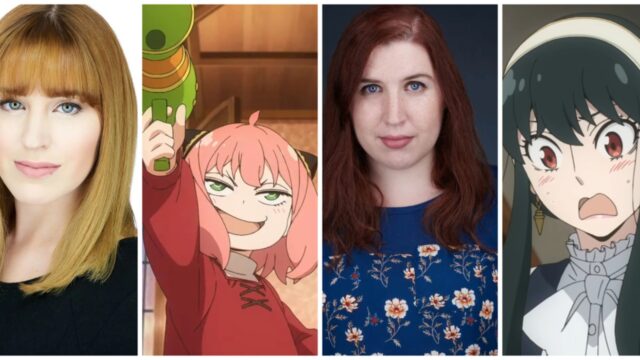
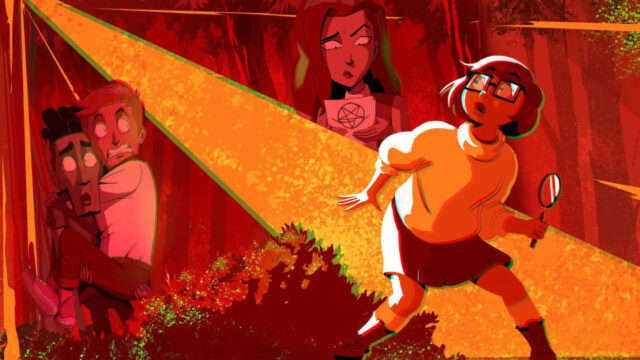

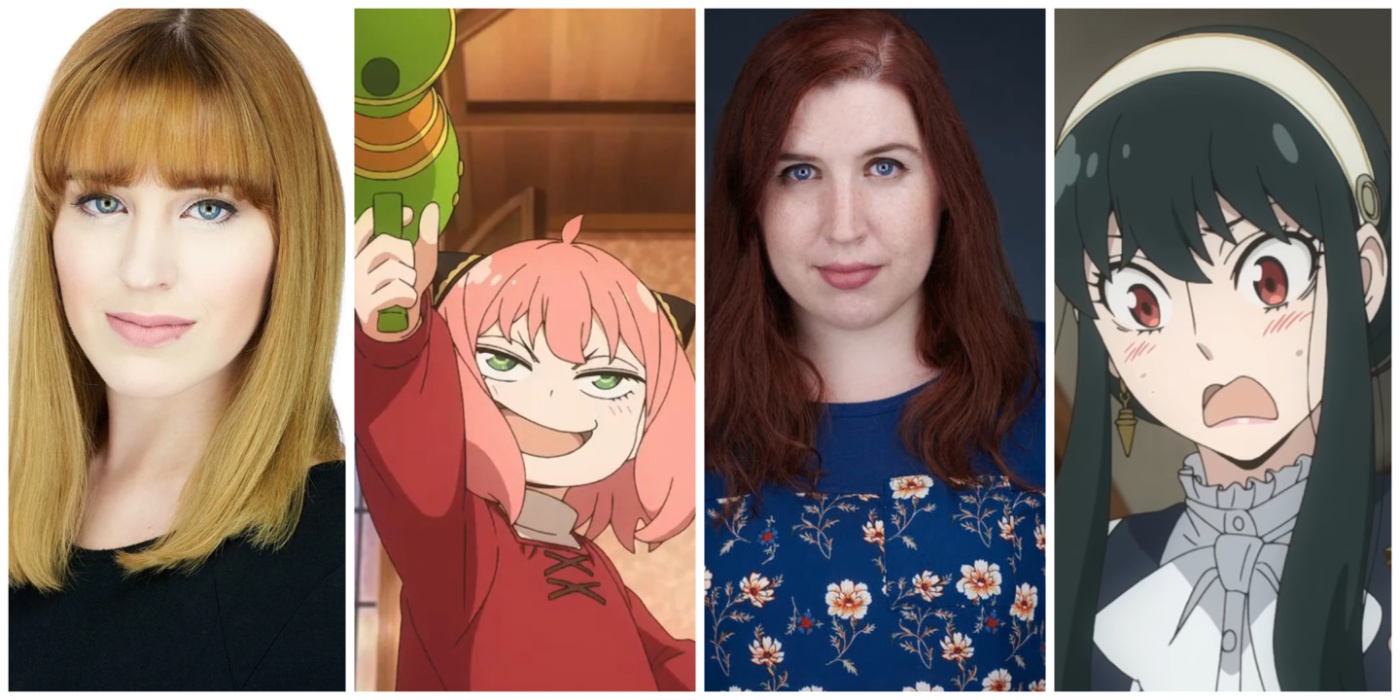

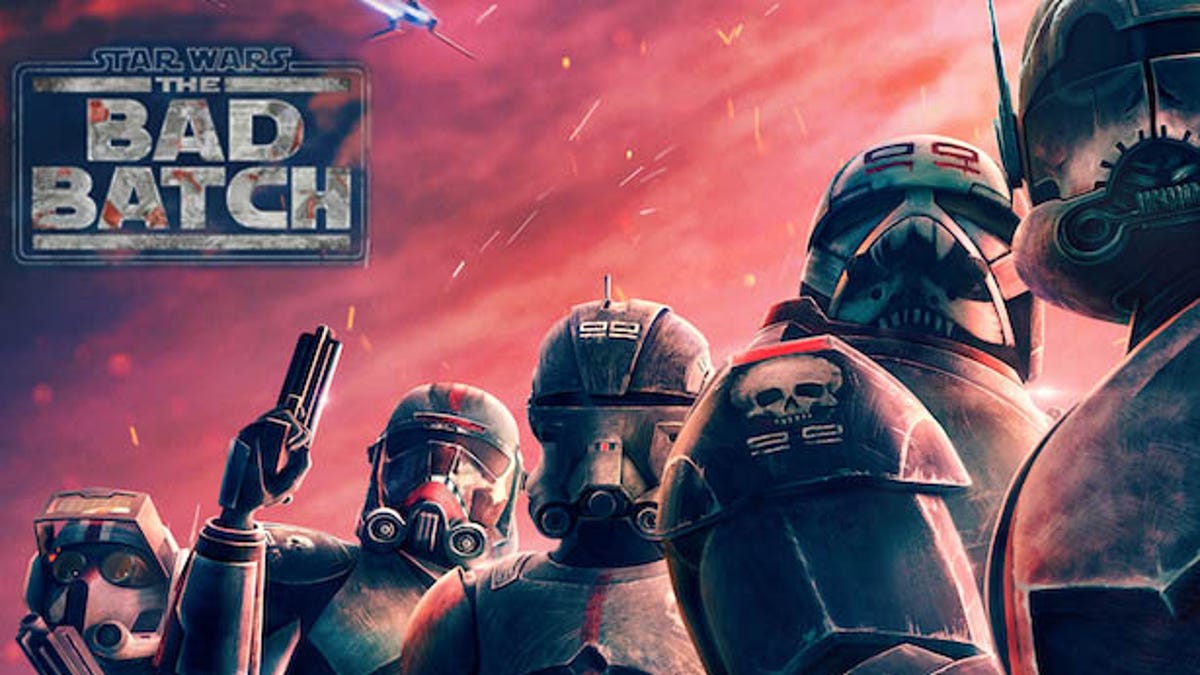











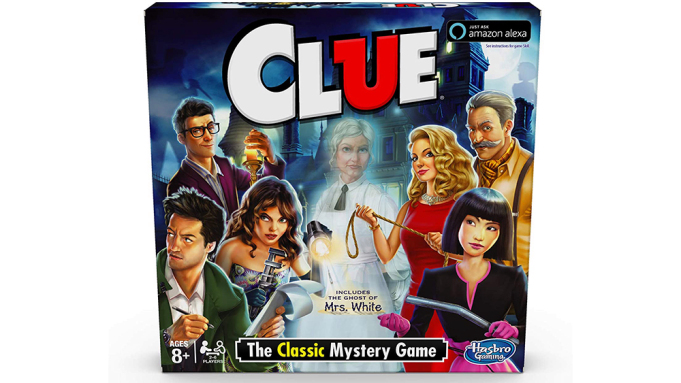



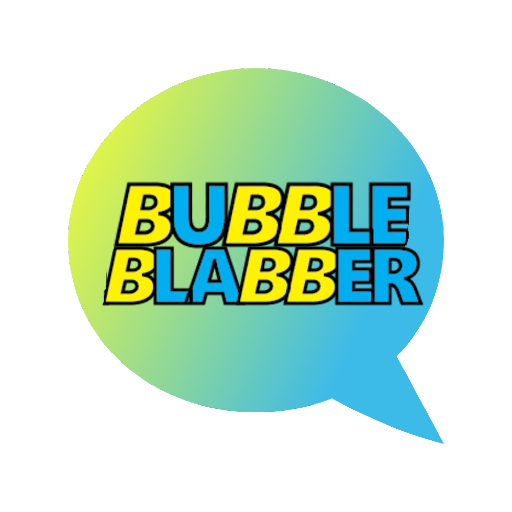
I'm hired!